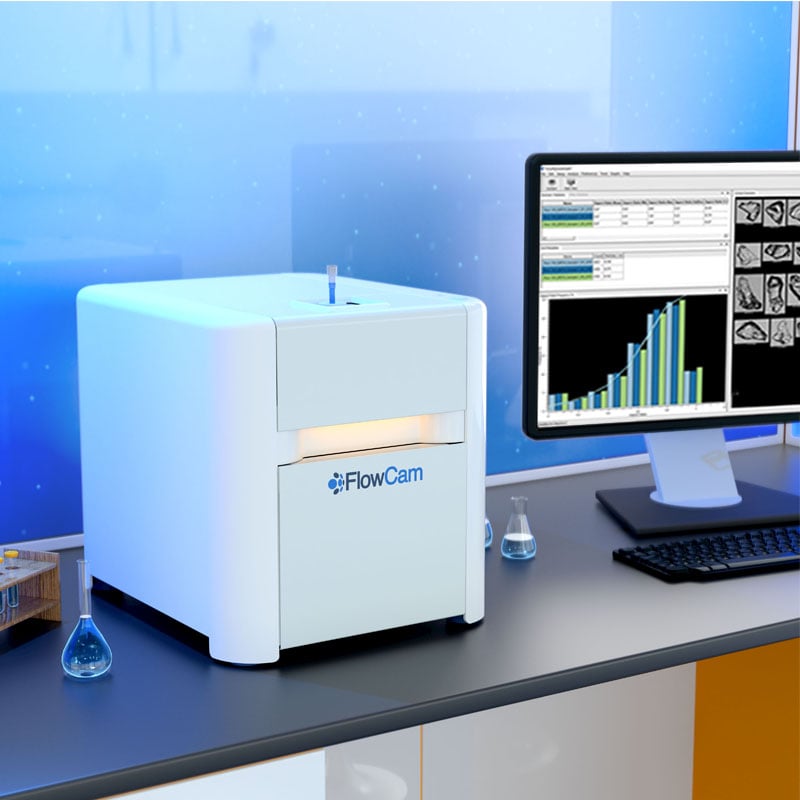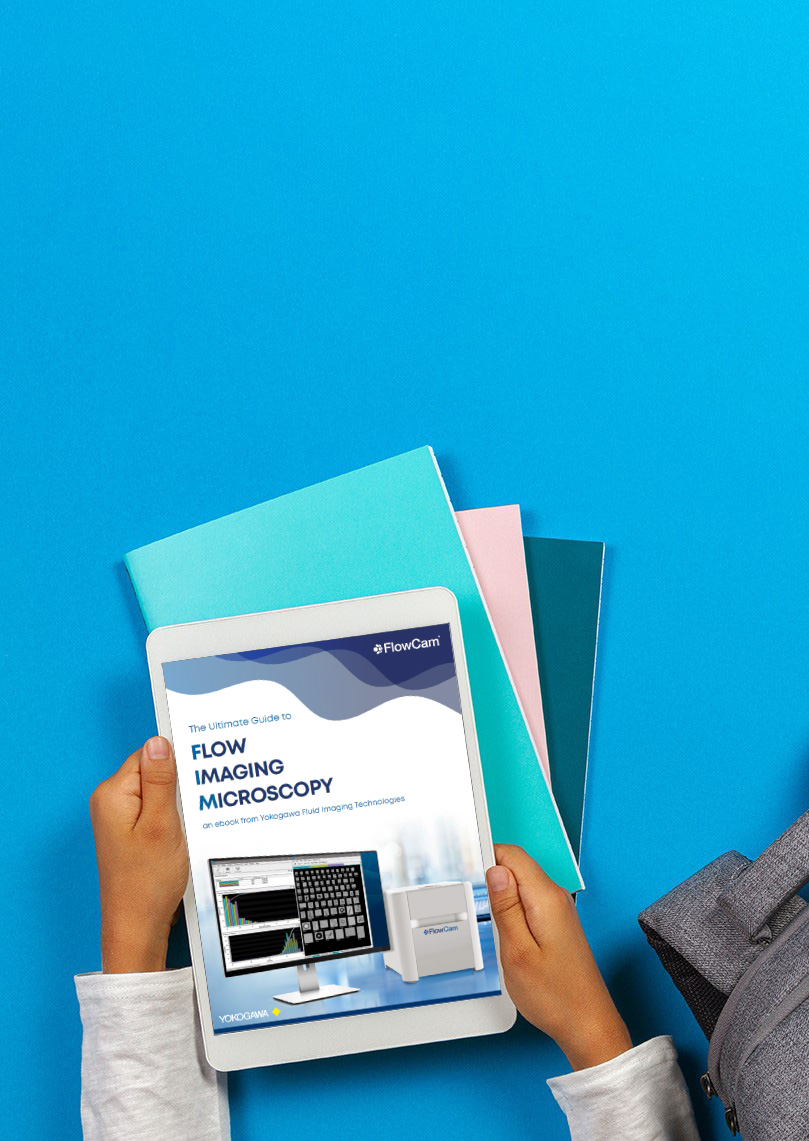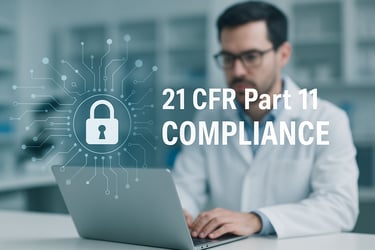Explore the FlowCam Research Database
Curious about how other scientists are using FlowCam in your area of research?
FlowCam instruments have gained significant recognition in the scientific community, proving their value across numerous fields. Their reliability is backed by a wealth of peer-reviewed journal articles, textbooks, and protocols highlighting flow imaging microscopy with FlowCam as a trusted analytical method.
We've created a user-friendly database on our website to make it easier for you to access this wealth of knowledge. With just a few clicks, you can find the research you need to enhance your work. Whether you're searching by author, keyword, instrument, or application, this centralized resource is incredibly useful for anyone learning more about research with flow imaging microscopy.
Explore our bibliography to see how FlowCam is being utilized in your research area:
Check out the FlowCam Bibliography
Publications Using Flow Imaging Microscopy in Biopharma and Aquatic Sciences
The FlowCam Bibliography highlights include some of the newest publications to use FlowCam data, including:
Species-specific diatom dynamics shape their vertical distribution and export during bloom decline
Limnology and Oceanography, 2025, Giering et al.
"We use state-of-the-art in situ imaging, producing high-resolution vertical profiles of phytoplankton and particles, combined with water sampling, to resolve the decline of a Southern Ocean spring bloom. We observed significant vertical and temporal changes in particle and diatom composition and abundance...[the] findings highlight species-specific responses to environmental conditions and implications for carbon processes. Measured values of the apparent photosynthetic efficiency (Fv/Fm) suggest that photosynthetically viable diatoms were a significant contributor to export and particle biomass in the upper mesopelagic zone. Our results underscore the importance of understanding individual species dynamics for oceanic carbon and nutrient cycles."
Journal of Pharmaceutical Sciences, 2025, Fukuda et al.
"Protein aggregation, a major concern in biopharmaceutical quality control, can be accelerated by various stresses during clinical handling. This study investigated potential aggregation risk factors during the dilution process with syringe handling for intravenous administration. Using γ-globulin and IgG solutions as surrogate models of antibody therapeutics, we examined the effects of high sliding speeds and piston operations of the syringe on protein aggregation during saline dilution. Our results revealed that elevated sliding speeds promoted proteinaceous subvisible and/or visible particle formation, which was further enhanced by piston operations."
Separation and Purification Technology, 2025, So et al.
"In this study, efforts have been devoted towards the systematic analysis of microplastic occurrences in urban wastewater treatment facilities using the fluid imaging microscopy (FlowCam) method... These two methods were employed for the comparative analyses of influent and effluent samples from two major urban wastewater treatment facilities in Seoul Metropolitan city... The results demonstrated that ceramic membrane achieved a high permeate flux while effectively removing microplastics from influent wastewater, including previously unidentified microplastics smaller than 20 µm. This study emphasized the potential application of ceramic membrane technology for mitigating microplastics and highlights the advantages of using FlowCam over traditional FTIR analysis for microplastic identification."
To read more publications from FlowCam scientists in a multitude of applications, and to learn how you can apply flow imaging microscopy methods to your own research, look for our Bibliography in the Resources menu of the FlowCam website.











